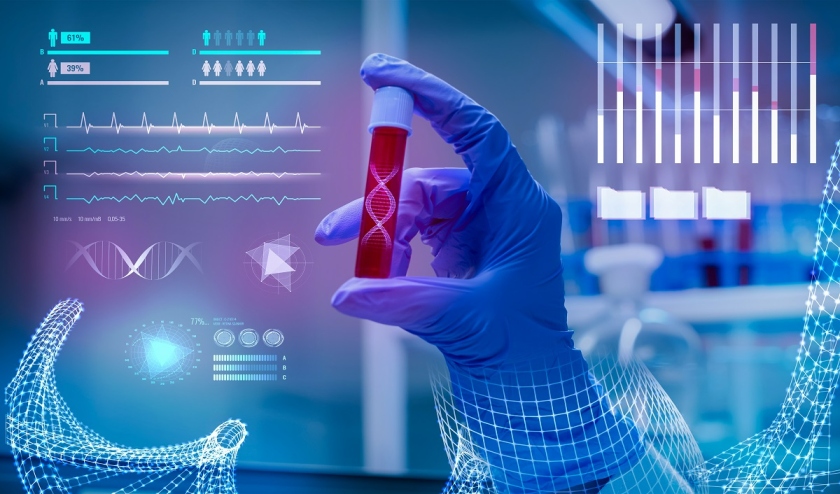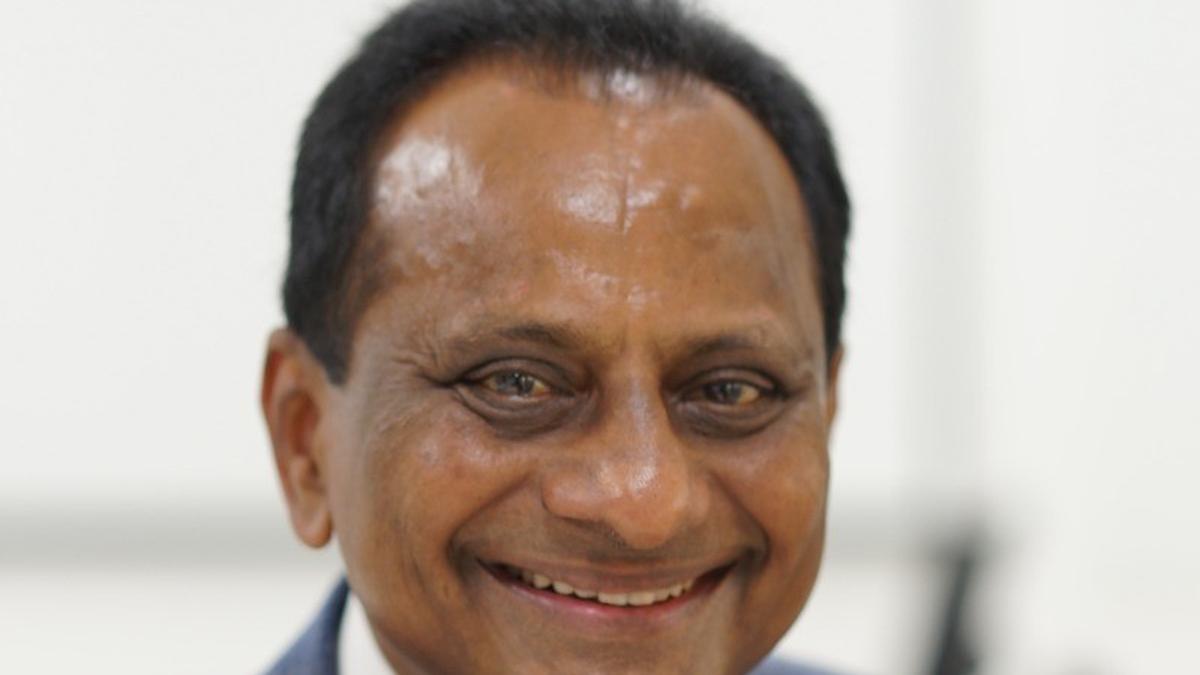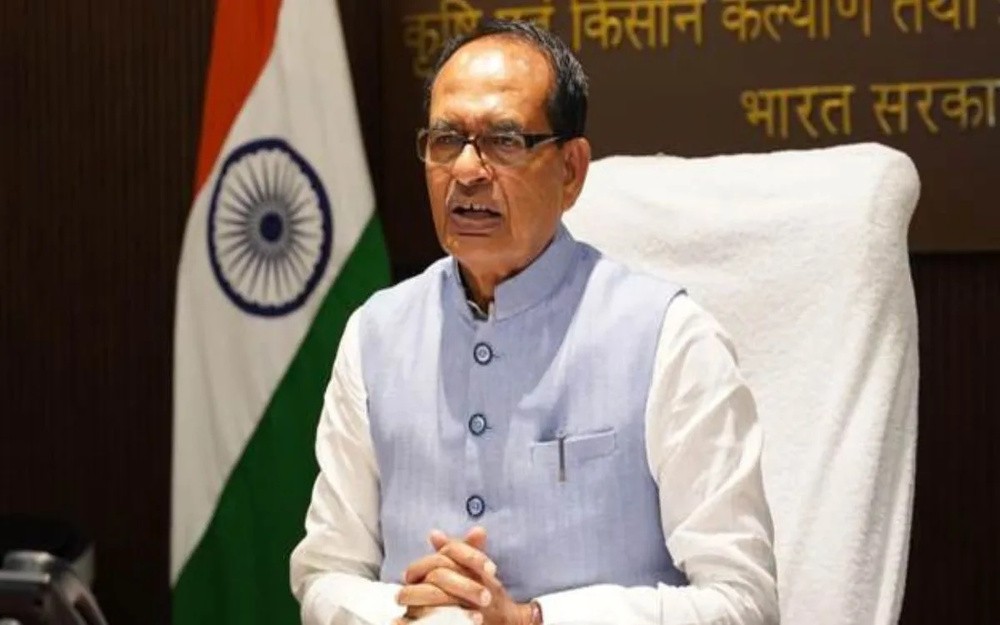
Indian healthcare sector is poised for a significant transformation, driven by the integration of advanced technologies. Artificial intelligence (AI) is becoming a core component of clinical workflows. Blockchain technology is enabling tamper-proof, decentralized storage and exchange of medical records.
The advent of affordable genomic sequencing and advanced data analytics is paving the way for personalised medicine. Virtual Reality (VR) is revolutionizing medical training by providing immersive, hands-on learning experiences without risk to real patients. It is also being used in therapeutic interventions such as pain management, physical rehabilitation, and treatment of mental health conditions like PTSD and anxiety disorders.
According to Dr. Sameer Bhati, public health expert, the sector, over the past decade, has undergone a huge paradigm shift through the rapid digitisation process. From diagnostics to treatment, tele-consultations, and electronic health records, all elements of digital technology have changed the very act of providing care, making it more accessible, efficient, and patient-centred.
The launch of the National Digital Health Mission (NDHM) in 2020 has, put together the tech infrastructure. Over 40 crore Ayushman Bharat Health Accounts (ABHA) have been created to date, thereby giving citizens a portable, accessible form of health identity. Over 14 crore tele-consultations have happened through telemedicine platforms like eSanjeevani, further helping to bridge rural-urban gaps, he added.
Wearable devices and mobiles with health apps are on the rise for continuous monitoring and care. The digital therapeutics market of India is expected to grow at 20% of CAGR, due to increasing smartphone penetration and health awareness, he noted.
Technologies that are transforming healthcare are AI which is predicting and forecasting disease outbreaks, optimising hospital administration, streamlining hospital workflows. Teleradiology is bridging geographical gaps, enabling remote image interpretation and faster diagnosis, especially in rural India. What started as a pandemic necessity prevalent in tele-consultations would be worth $5.5 billion by 2025, with better broadband and smartphone penetration. Integrated health records have allowed for continuity of care, better clinical decisions, and faster insurance processing. Because of the interoperability focus of the NDHM, record sharing is expected to be easier, said Dr Bhati.
Digital pathology allows seamless sharing, AI-based slide analysis, and efficient collaboration across labs and specialists. Also a game changer is robotic surgeries, smart ICUs, and automated labs have eased intervention precision and diagnostic speed while curbing human errors. There is IoT (Internet of Things) and remote monitoring.
Moving forward, smart hospitals, cloud-based health infrastructure, and AI-powered health bots will democratize access and quality of care. The government and private sector collaboration will be required to realise tech solutions at scale while being inclusive, he said.
India is moving ahead in the healthcare domain very fast, from being reactive to preventive, from generic to personalised, and from fragmented to integrate. Technology will remain a significant factor shaping this change towards equitable, efficient, and affordable health services for all, said Dr Bhati.
Source : Pharmabiz






